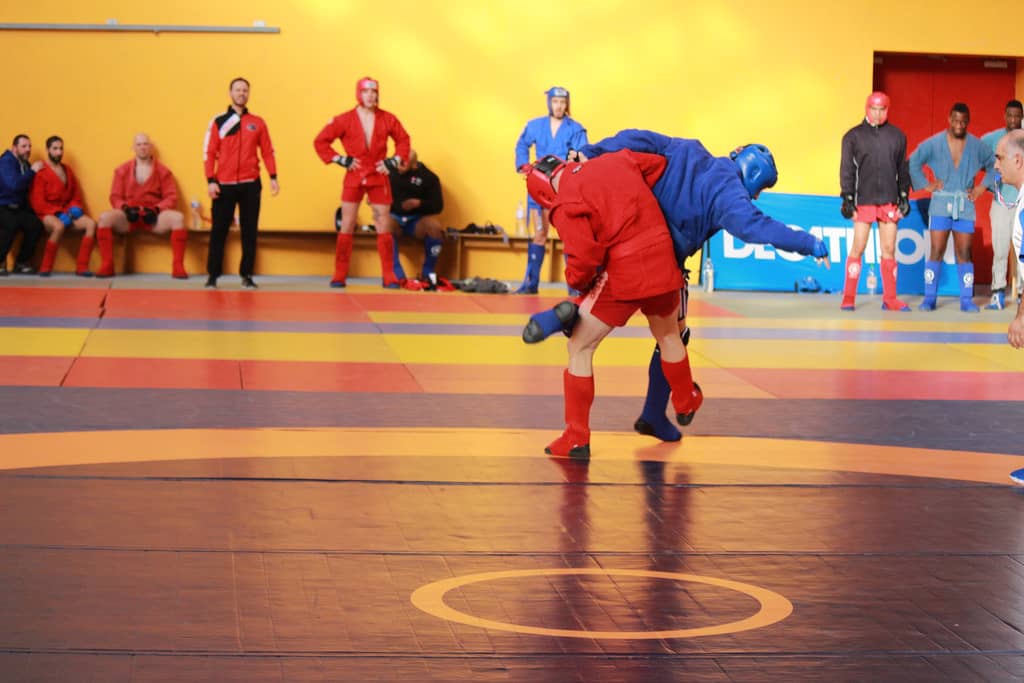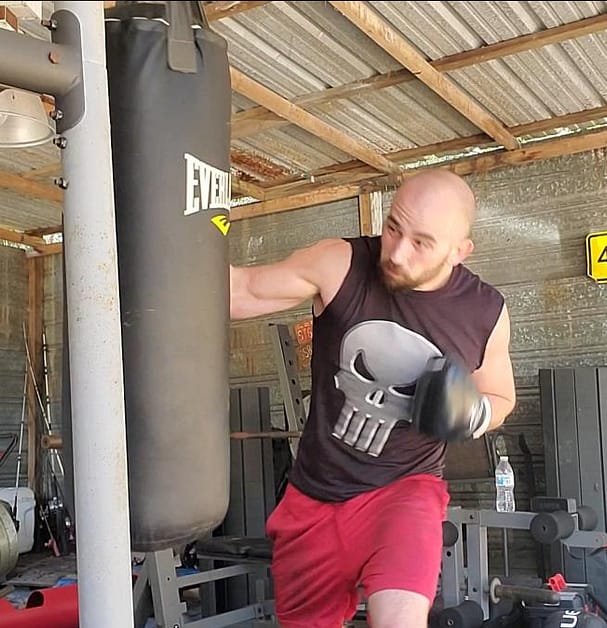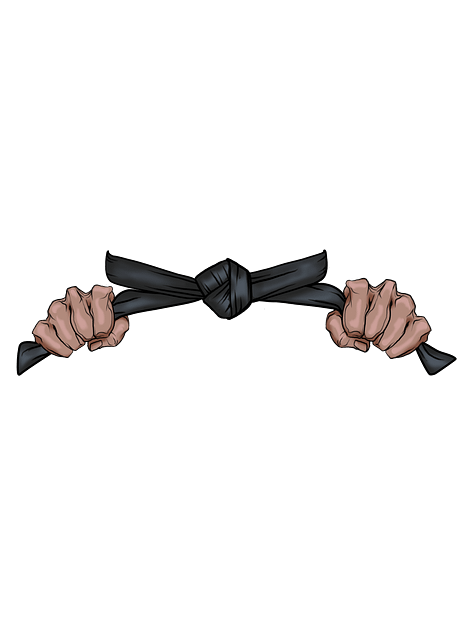Here on the wrestling culture series, I normally start with a brief explanation of what the sport actually is. But just like in my last article, I feel that if you’re in the know enough to be curious about Sambo, you probably have the basics down. Both of these men had hopes for the Soviet military to improve their hand-to-hand techniques with the aid of other foreign martial arts.
Just in case you need a refresher, here’s an article that touches on that.
Sambo is a Soviet martial art and combat sport. The word is an acronym for the russian words SAMozashchita Bez Oruzhiya, which translates to self defense without weapons. Unlike many of my articles regarding native wrestling sports, Sambo is relatively modern. The sport’s development began in the early 1920s by the Soviet Red Army, and was intended to be a merger of many forms of martial arts.
Origin of Sambo
Sambo’s early development stemmed from the independent efforts of Vasili Oschepkov and Viktor Spiridonov. They intended to intergrate the echniques of Catch wrestling, Judo, Ju-jitsu, and other forign martial arts into native Turkic wrestling styles. Oschepkov taught judo to Red Army elites at the Central Red Army House. He was one of the first foreigners to learn Judo in Japan, and earned his second degree blackbelt from it’s founder, Kano Jigoro.
Spiridonov’s background was involved with indigenous martial arts from Soviet regions, as well as his interest in Japanese Ju-jitsu. He relied on technique over strength because of a bayonet wound he recieved during WW1 that left his arm disabled. Contrary to common lore, Oschepkov and Spiridonov did not cooperate on the development of their hand-to-hand systems.
Development after WWI
Spiridonov was a combat veteran of WW1, and one of the first wrestling and self-defense teachers hired for Dinamo. Dinamo was, essentially, the Red Army’s main physical training center. Spiridonov had a background in Catch wrestling, Greco-Roman wrestling, Turkic folk wrestling styles, and Japanese ju-jitsu. As the Dinamo’s combatives researcher, he traveled to China and Mongolia to observe their native styles.
In 1923, both Oschepkov and Spiridinov collaberated independently with teams of other experts on a greant from the Soviety government to imrpove the Red Army’s unarmed combat system. Spiridinov had envisioned using the most practical aspects of the world’s fighting systems into one comprehensive style that could adapt to any threat. Oschepkov had observed Kano’s use of many kinds of ju-jitsu into judo, and developed the insight required to evaluate combat techniques when introducing them into a new system. Their developments were supplemented by Anatoly Kharlampiyev and I. V. Vasiliev who also traveled the globe to study the native fighting arts of the world.
Ten years in the making, their catalogue of techniques was instrumental in formulating the early framework of the art to be eventually referred to as sambo.
Anatoly is often called the father of sambo, since he was the only one with any real longevity. His political maneuvering is single-handedly responsible for the USSR’s Committee of Sports acceptance of Sambo as the official combat sport of the Soviet Union in 1938, the “birth” of sambo.
Today
In 1968, Sambo was accepted as the third style of internation wrestling by FILA. In 1985, the sambo community formed it’s own ogranization, the Federation International Amateur Sambo or FIAS.
Sambo is a very aggresive system designed to prepare someone for any situation, and thanks to it’s willingness to accept techniques from other martial arts, it is constantly evolving.
I could write about this for five hours more, but this is where I’ll stop the article for now. In the future, I’ll likely highlight notable practicioners of Sambo.



